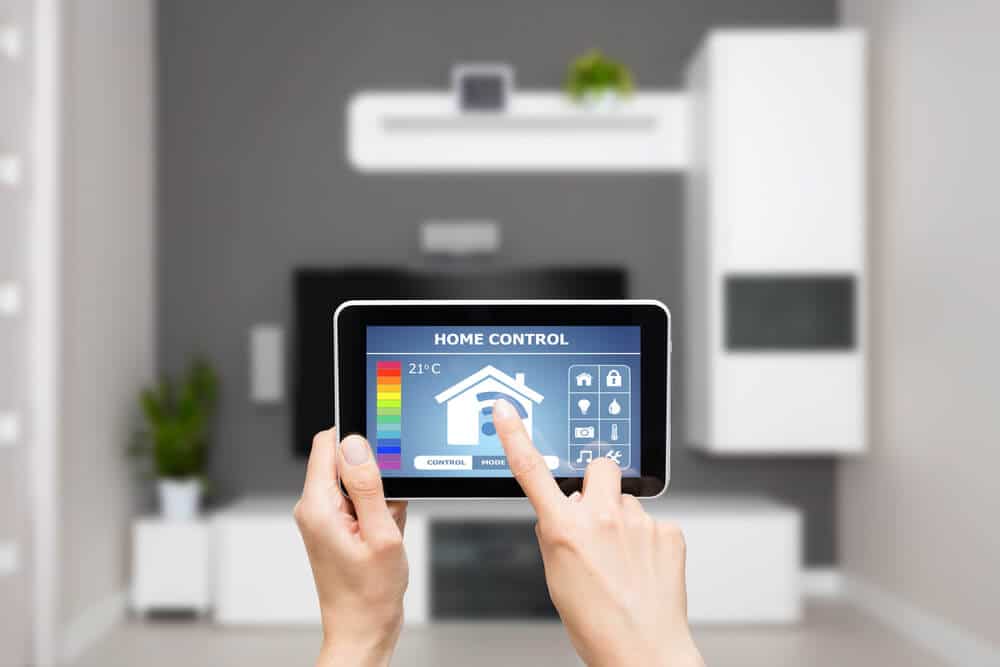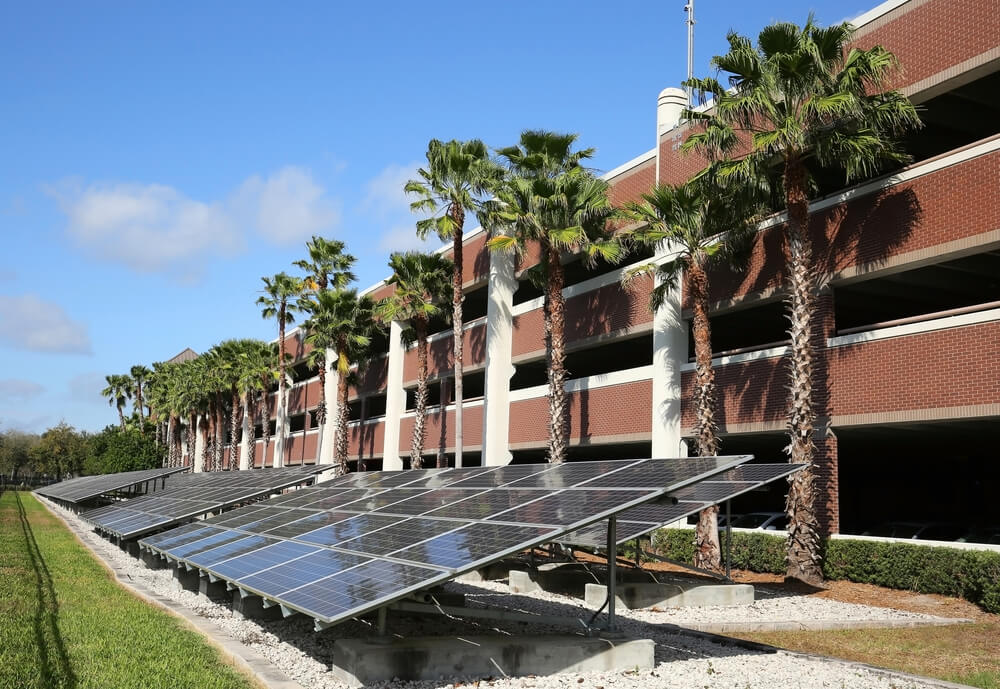Energy consumption has grown exponentially in recent years. The large amount of energy used by commercial buildings accounts for 40% of the energy used in the U.S., topping over $369 billion in 2005. Businesses have grown the need to find different approaches to cut costs and reduce pollution.
By making your building more energy-friendly, you save on energy costs and reduce indoor and outdoor pollutants in your area. In addition, it will decrease illnesses such as asthma or lung cancer. These factors alone make it a highly productive investment, using natural resources and achieving sustainable development.
Some ideas to make your building more energy efficient are:
Smart Building Systems

Smart Buildings refer to buildings with automated control systems in place. These controls collect building data with sensors and actuators that have been strategically spread throughout the building. With a "Smart" building, you can gather extensive data on energy use and use it to control the operations of various systems and, thus, save energy. "Smart" building systems will let you collect, analyze, and communicate data in both small buildings or on large university campuses.
Improved Insulation Options

With proper insulation, you can save up to 10 percent on annual energy cost. This is further improved by insulating floors, walls, and ceilings. With enhanced insulation options, buildings will avoid air leaks that could affect the indoor climate. This means that you won't have to use heating and cooling systems constantly.
Green Building Design

Implementing a "Green" design can have a dramatic effect on energy consumption. For example, a partially underground building utilizes natural insulation in colder weather and natural cooling in warmer weather. A window facade can use the sun's warming energy to insulate and work as natural lighting. The use of landscaping can reduce the local temperature with shading areas. With "green" landscape improvements, buildings can also design a water collection system around the building.
Energy-efficient lighting

Another way to conserve building energy is to use energy-efficient lightbulbs. The best method is switching to occupancy sensors and cutting off unnecessary energy use to prolong each bulb's life. Consider switching to low energy consumption lights like fluorescent bulbs, which last 20 times longer and use 75% less energy than incandescent light bulbs. Implementing these techniques will lower maintenance fees and associated energy costs.
Try Renewable Energy Sources

Renewable energy sources are getting more popular as we continue to have in-depth climate talks. Even though they are considered a significant initial investment, they produce relatively little waste and are readily available. The most common types of renewable energy sources are solar panels and wind turbines. They both use their natural resources and convert them into energy without causing pollution while simultaneously reducing overall operations costs.
Energy STAR Certification

Energy STAR is a voluntary Environmental Protection Agency program that provides environmental benefits and financial value through energy efficiency certifications. A business that achieves this certification use an average of 35 percent less energy than other buildings and cuts costs with Energy Star certified equipment. Building managers are encouraged to explore the official Energy Star website for more information on this program or the most updated guidelines.
